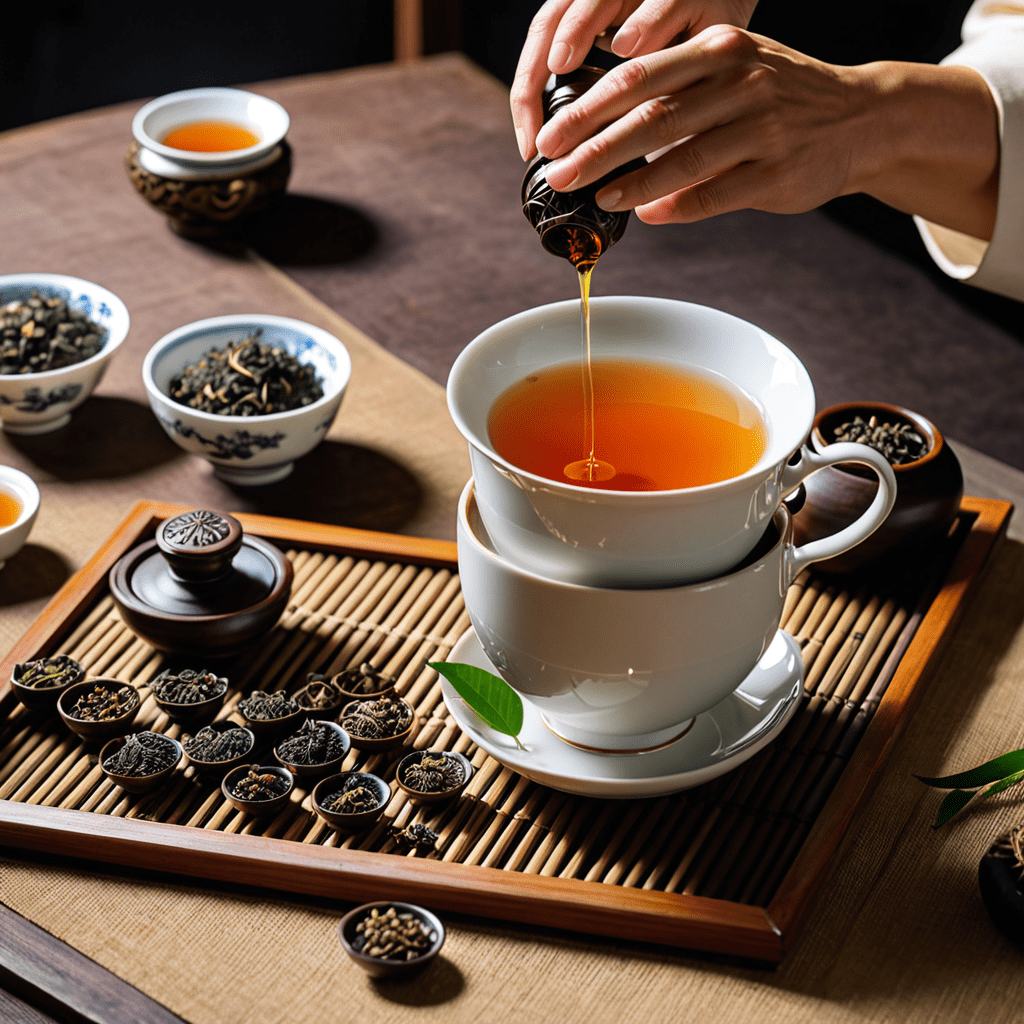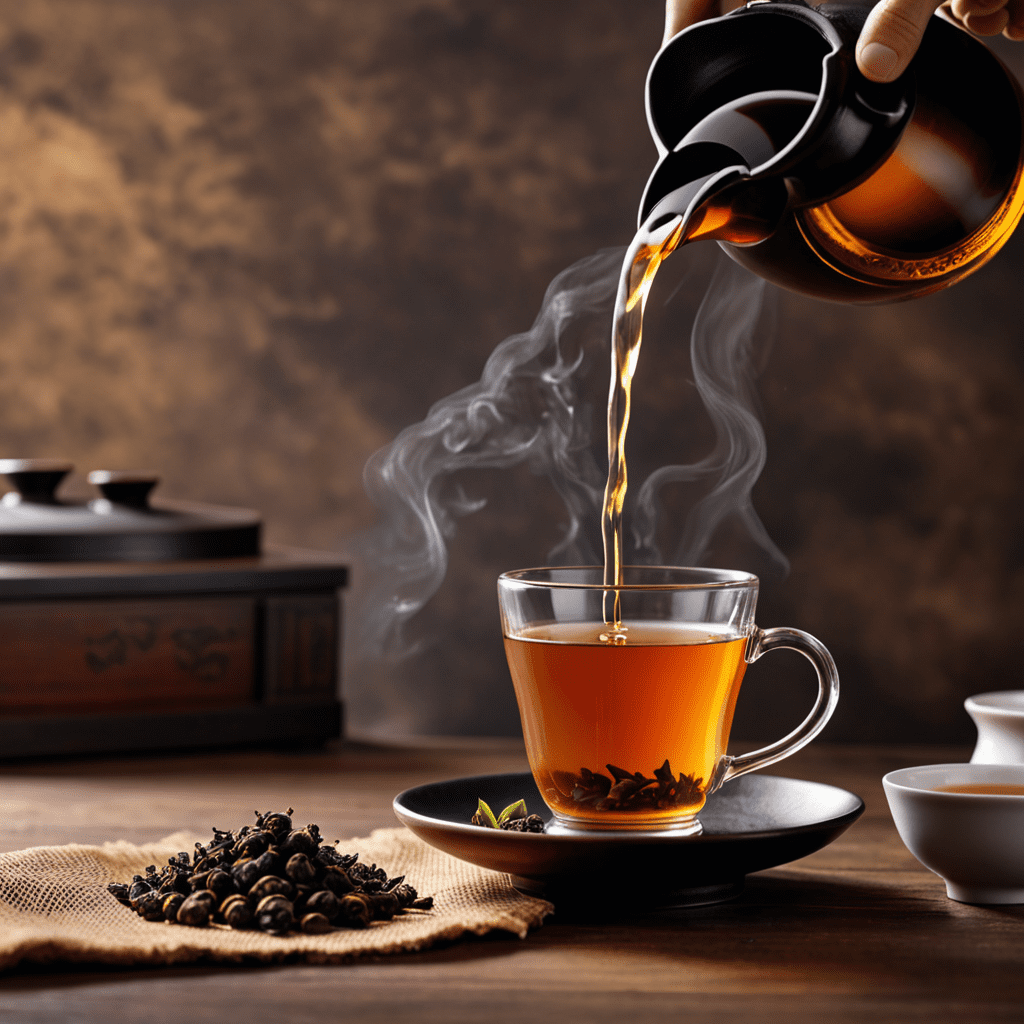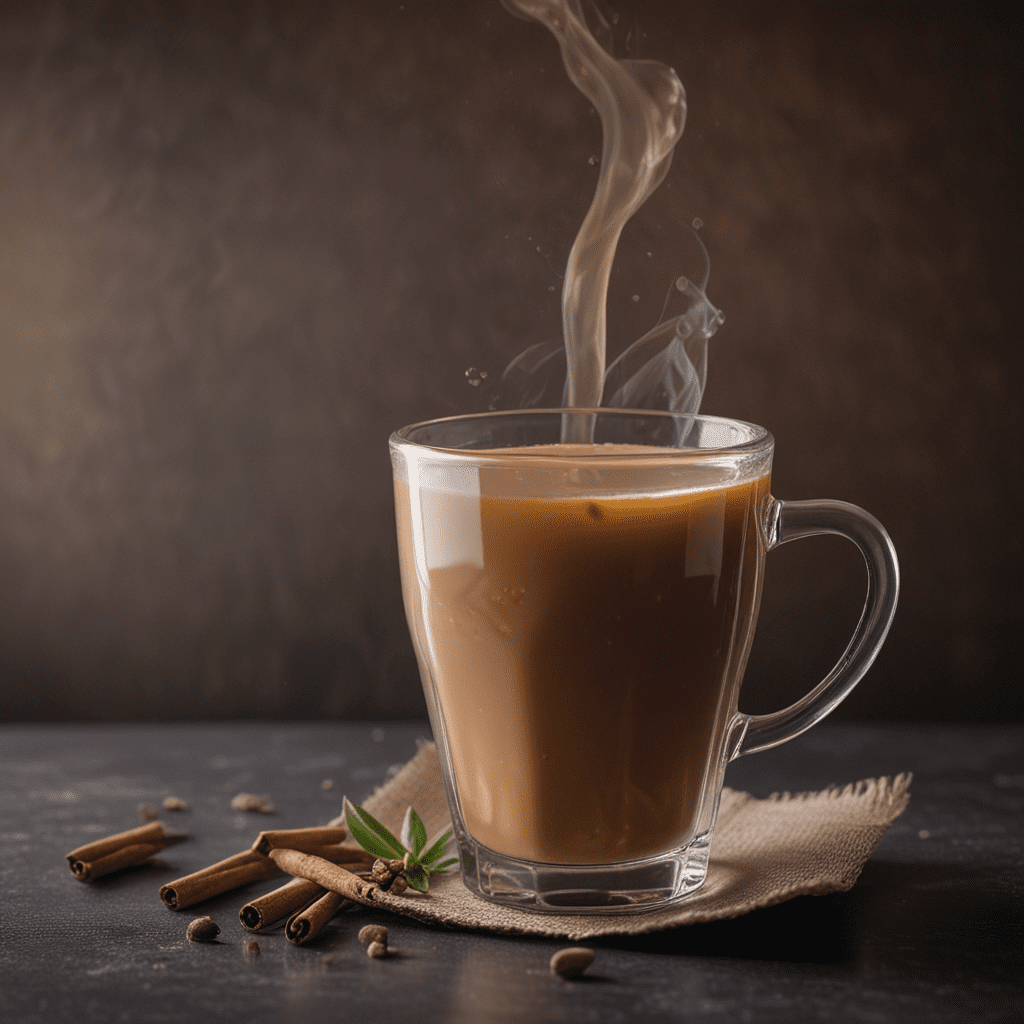Genesis of Assam Tea: A Historical Saga
Assam tea, a renowned emblem of Indian heritage, traces its roots to the verdant Brahmaputra Valley. Its journey commenced in the mid-19th century when British tea planters ventured into the region, captivated by the abundance of indigenous tea plants. These plants, thriving in the fertile soil and conducive climate, became the foundation of the flourishing Assam tea industry.
The Cradle of Assam Tea: The Brahmaputra Valley
The Brahmaputra Valley, nestled in the northeastern region of India, provides an idyllic setting for tea cultivation. Its unique microclimate, characterized by ample rainfall, warm temperatures, and high humidity, fosters the optimal growth of tea bushes. The fertile alluvial soil, enriched by the Brahmaputra River, further contributes to the exceptional quality and robust flavors of Assam tea.
Cultivars and Varietals: Assam’s Tea Heritage
Assam tea boasts a rich tapestry of cultivars and varietals, each contributing distinct characteristics to the final brew. The most prevalent cultivar is the Assamica, renowned for its large leaves, yielding a full-bodied and malty tea. Other notable varietals include the Cambod and the Manipuri, each with its own unique flavor profile.
The Art of Tea Growing: Cultivation Practices
Assam tea cultivation is a delicate art, requiring meticulous care and attention to detail. The tea bushes are meticulously pruned and fertilized to promote healthy growth and optimal yield. Shade is provided to protect the leaves from excessive sunlight, while proper irrigation ensures consistent moisture levels. These meticulous practices contribute to the exceptional quality and flavor of Assam tea.
The Harvest: Plucking Precision and Timeliness
The harvest of Assam tea is a critical stage, requiring precision and timeliness. Tea leaves are hand-plucked by experienced tea pluckers, who selectively gather the two youngest leaves and the bud from each branch. The timing of the harvest is crucial, as it significantly influences the tea's flavor and aroma.
6. Withering: Laying the Foundation for Flavor
Withering is a crucial step in the tea-making process, involving the controlled drying of tea leaves to promote enzymatic reactions that enhance their flavor profile. The leaves are spread out thinly on racks and exposed to warm air, allowing moisture to evaporate while preserving their delicate aroma and volatile compounds. During this stage, the leaves lose approximately 50-60% of their weight, setting the foundation for the unique characteristics of Assam tea.
7. Oxidation: The Transformation from Green to Black
Oxidation is the process that gives black tea its distinctive color and rich flavors. Withered tea leaves are rolled or crushed to release their juices, exposing them to oxygen. As the leaves oxidize, the chlorophyll breaks down, and tannins and polyphenols become more dominant, imparting a deep red-brown hue and robust taste. The extent and duration of oxidation determine the intensity of the tea's flavor and aroma.
8. Drying and Rolling: Shaping the Tea Leaves
Once the desired level of oxidation is achieved, the tea leaves undergo drying to remove any remaining moisture. This process stabilizes the tea and prevents further oxidation. Drying methods may vary, including the use of heated air or low-temperature ovens. After drying, the leaves are rolled, either mechanically or by hand, to shape them into recognizable forms such as fannings, broken leaves, or whole leaves. Rolling also influences the tea's appearance, texture, and steeping characteristics.
9. Grading and Blending: Crafting Unique Flavors
Assam tea is carefully graded based on its leaf size, appearance, and quality. Different grades are then blended to create unique flavor profiles. Professional tea tasters meticulously evaluate each batch to ensure consistency and adherence to specific standards. Blending combines teas from different gardens or vintages, allowing for the creation of complex and harmonious flavors. This delicate art requires expertise and a deep understanding of tea characteristics to achieve the desired taste and aroma.
10. Assam Tea: A Symphony of Taste and Aroma
Assam tea is renowned for its rich, full-bodied flavor with malty notes and a hint of earthiness. Its deep amber hue and invigorating aroma make it a favorite among tea enthusiasts. The unique growing conditions and meticulous processing techniques contribute to its distinctive character. Assam tea is not only a beverage but also an integral part of Indian culture and heritage, enjoyed both domestically and exported globally. Its versatility allows for consumption as a standalone brew or as a base for various tea blends and culinary creations.
FAQs
What is the best way to brew Assam tea?
Assam tea can be brewed using various methods, including the traditional teapot method, French press, or tea bags. Use fresh, cold water and allow the tea to steep for 3-5 minutes to achieve optimal flavor.
How does Assam tea differ from other teas?
Assam tea is a black tea with a bold, malty flavor and dark red-brown color. It is distinct from other teas due to its large leaves, which contribute to its full-bodied character and high caffeine content.
What are the health benefits of Assam tea?
Assam tea is a good source of antioxidants and polyphenols, which may provide various health benefits, including improved heart health, reduced inflammation, and potential cancer-fighting properties. However, these benefits may vary depending on the preparation method and individual health conditions.


